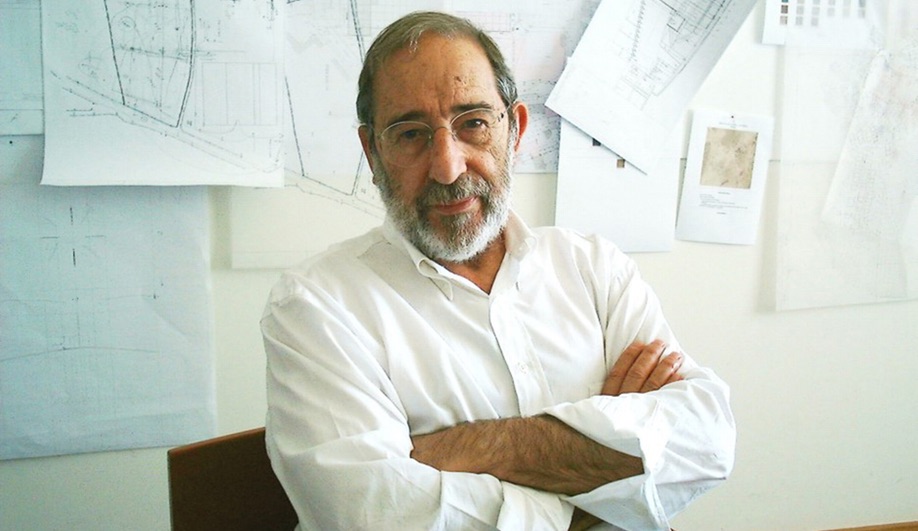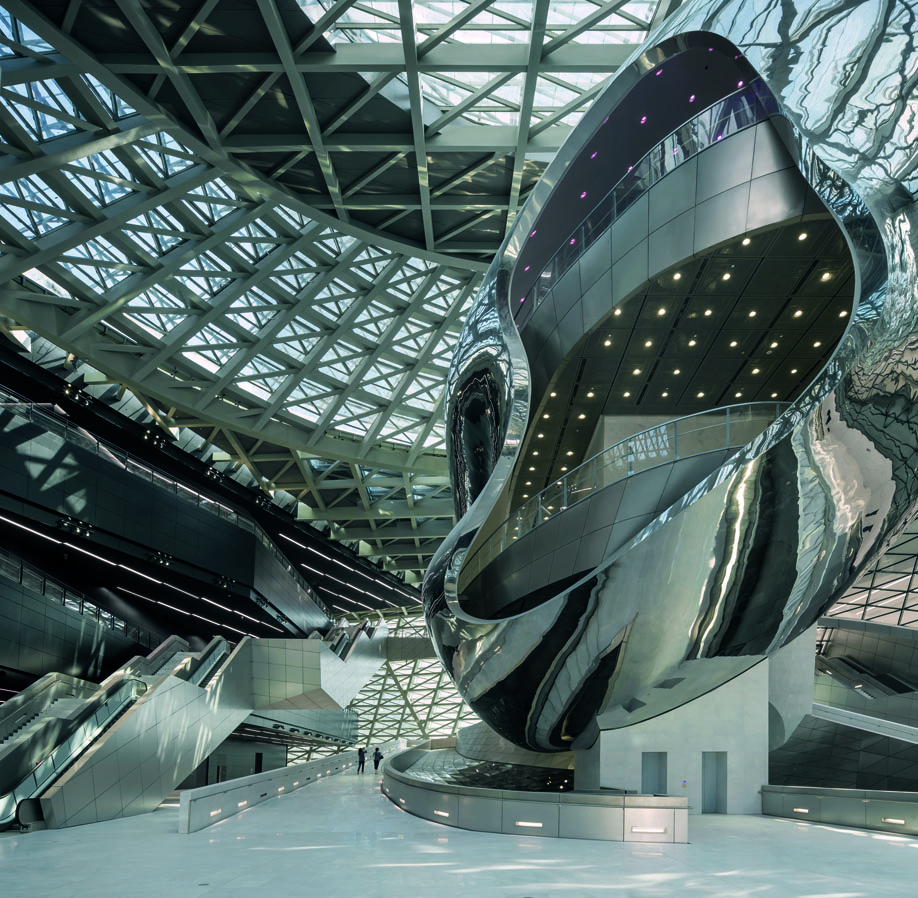
I spoke to acclaimed architect Álvaro Siza about his Visitor Centre, soon to be added to the site of the historic Alhambra in Granada, Spain, and the Toronto exhibition that chronicles its progress.
When the Alhambra’s new Visitor Centre – the creation of Pritzker-winner Álvaro Siza and local architect Juan Domingo Santos – opens in Granada, Spain, in 2020, it will be a decade in the making, and a crucial addition to one of the most historic sites in Europe.
The Alhambra, a series of walled-in palaces spread across a 13-hectare mountain plateau in southern Spain, is a remarkable synthesis of Islamic and Christian cultures. Founded as a fortress built over Roman ruins in the ninth century, it became the seat of the Moorish Emir in the 13th century and the palace of the Sultan of Granada in the 14th. In 1492, it was transformed into the court of Ferdinand and Isabella, and it was from here that Columbus received a royal endorsement to sail for what would eventually become America. At its centre is an imposing Renaissance palace, built by Charles V in the early 16th century, to mark the transition from Islamic to Christian rule.
Today, the palaces have been restored into a UNESCO site that draws over 8,000 tourists on an average day. In 2010, the need for a new visitor centre led to a competition calling for a plan to handle ticketing, concessions and parking, which Siza and Domingo Santos ultimately won.
The latest exhibition at the Aga Khan museum in Toronto, Álvaro Siza: Gateway to the Alhambra, opened Saturday. Its collection of artifacts, models, sketches and videos illuminate Siza’s process in three stages.
The first presents the site itself, with a map spread across two walls, a model of the Alhambra’s existing structures, and two sketches. Though simple, these sketches reveal Siza’s first impressions; one is a drawing of ancient walls as seen from a greenery-lined path, emphasizing the importance of vegetation, and especially the existing trees, in tying the site together.
“I already knew the Alhambra,” Siza told Azure in a recent interview. “I had visited it before. But when I visited it for the competition, I concentrated on the analysis of certain problems: access to the different points, how to build with the topography, and the problem of parking.” Siza soon arrived at the realization that parking must be moved underground; an orange-tree orchard will top it when complete.
These models and sketches give visitors a sense of the site and its challenging topography in three dimensions; the intention, explains curator António Choupina, is to present the Alhambra not just as its iconic skyline, but as a living site.
“I immediately made a model to precisely control the problems of topography,” says Siza. “Visitors will enter by a terrace where they can look out over the site, and then go down into the main waiting area for the public. Topography is very important here: the building is related with all the areas around it, but particularly with the area of the Alhambra.”
Deeper into the exhibition, additional sketches hint at an iterative process; similar forms are shown over and over as the details and placement of key structures are refined through repetition, slowly synthesizing different approaches into a working model. “The sketches study all the different possibilities for organizing the movements inside the building in a very quick way,” Siza says, “and in support of the models.”
A model for studying the interior space, complete with windows and light wells, allows visitors to peer into a miniaturized version of the centre and see the shafts of light that bring the subterranean spaces to light, and which define the character of the all-white interior. Books that detail every aspect of the project are also on hand – both the one submitted to the competition and the one completed pre-construction – as well as interactive media, including interviews with Siza.
Accompanying the sketches and models are ancient artifacts from the Alhambra’s collection: tiles with traditional Islamic tessellating patterns (non-orthogonal forms that may have influenced the centre’s non-rectangular footprint), and pillars that highlight the difference between human-scale and monument-scale spaces, both of which are in play across the site, and influenced Siza’s thinking.
“An architect dealing with the problem of balancing daily buildings and the palaces will be immediately divided between two impulses,” Siza said. “The first approaches the main part of the Alhambra, the older palaces, which leads to a tendency to go towards delicate architecture that is in relation with the garden. The second is to look to the very different Palace of Charles V, where the architecture is absolutely in opposition to the palaces; even so, today we cannot imagine Alhambra without the Palace of Charles V. So you must either build with Charles V and make a strong statement, or contain the scale and make an approach that’s more respectful to the main part of the Alhambra.”
Ultimately, Siza explains, “The solution is between the two positions.” The 16th-century construction of the Palace of Charles V marked a significant change in power that called for “strong architecture, and a very deep transformation in Granada.” Today’s additions don’t call for such a statement.
“It’s the opposite,” Siza says. “It has to work with what Granada is today, to organize and relate with the main impressions of the Alhambra and the Palace of Charles V. And in a miraculous way that’s in harmony, even with the opposites in the existing architecture.”



